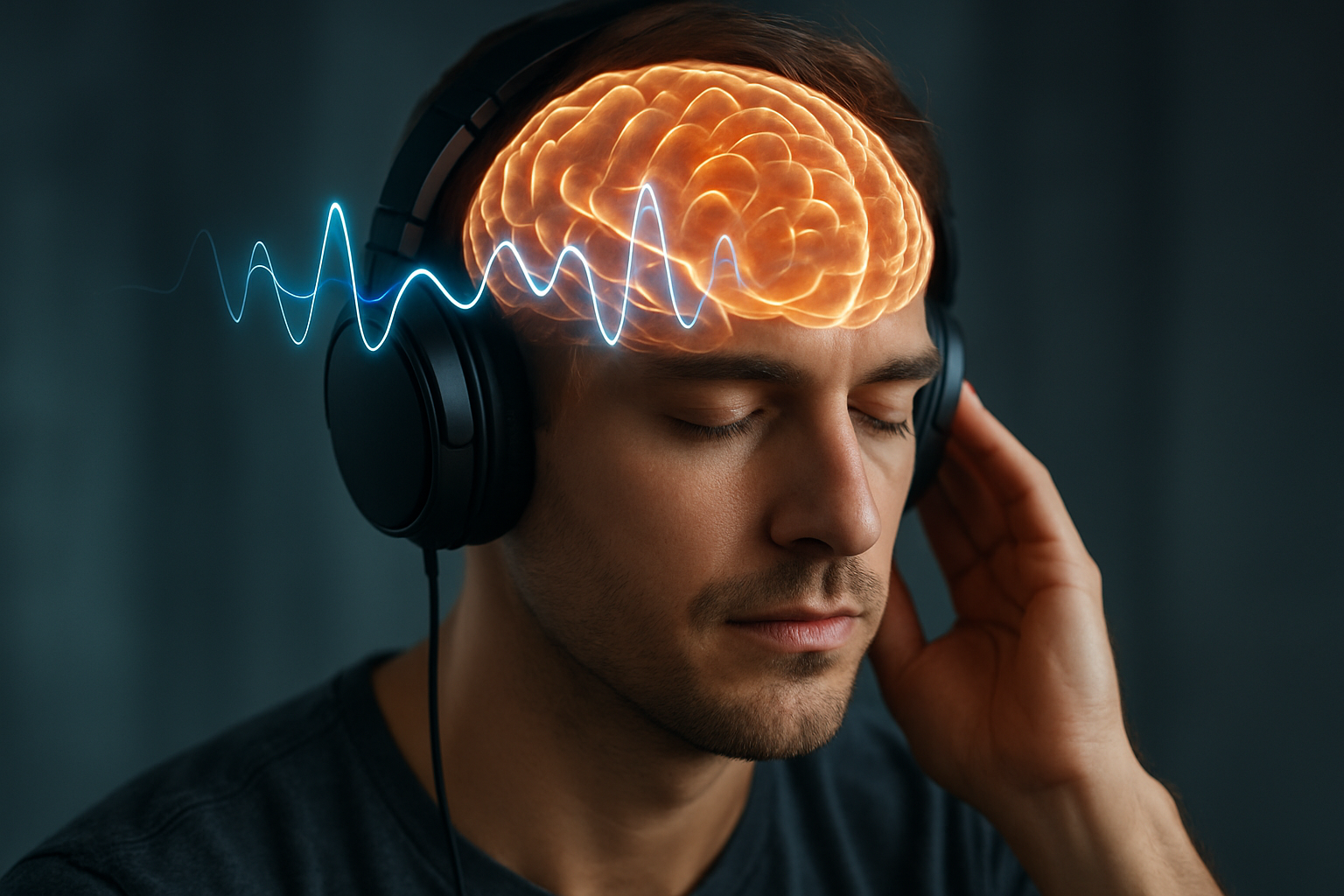Sonic Empathy: The Rise of ASMR Communities
Whispers, tapping, and gentle rustling sounds are creating waves in the digital world. Autonomous Sensory Meridian Response (ASMR) has evolved from a niche interest to a global phenomenon, fostering unique online communities. This article delves into the sociological implications of ASMR, exploring how it's reshaping human connections and redefining relaxation in our fast-paced society. Read below to discover the intriguing world of sonic empathy and its impact on modern culture.

Early ASMR content creators, often referred to as “ASMRtists,” started uploading videos on platforms like YouTube, featuring whispered voice-overs, personal attention role-plays, and various tactile sounds. These videos resonated with viewers seeking relaxation, sleep aid, and a sense of connection in an increasingly digital world. The growth of ASMR content coincided with rising stress levels and sleep disorders in many societies, offering a non-pharmaceutical alternative for relaxation and mental well-being.
The Science Behind the Tingles
While anecdotal evidence of ASMR’s benefits abounds, scientific research has been catching up to understand this phenomenon. Neuroscientists and psychologists have begun investigating the physiological and psychological effects of ASMR. Studies have shown that individuals who experience ASMR exhibit reduced heart rates and increased skin conductance levels while watching triggering content, indicating a state of relaxation and positive affect.
Functional magnetic resonance imaging (fMRI) studies have revealed that ASMR activates brain regions associated with social bonding, empathy, and reward. This neurological response suggests that ASMR might tap into innate human needs for social connection and care, explaining its appeal in our increasingly isolated digital age. Some researchers have drawn parallels between ASMR and the comforting sensations experienced by primates during grooming, pointing to possible evolutionary roots of this phenomenon.
ASMR Communities: A Digital Tribe of Whispers
One of the most fascinating aspects of ASMR is the vibrant online communities that have formed around it. These digital tribes span various platforms, from YouTube channels with millions of subscribers to Reddit forums where enthusiasts share experiences and recommendations. The ASMR community exemplifies how shared sensory experiences can foster strong social bonds, even in virtual spaces.
These communities have developed their own norms, language, and culture. Terms like “tingles,” “triggers,” and “ASMRtist” have become part of a shared vocabulary. The community’s supportive nature is evident in the comments sections of ASMR videos, where viewers express gratitude and share personal stories of how ASMR has impacted their lives. This sense of belonging and mutual understanding has created a safe space for many individuals struggling with anxiety, insomnia, or loneliness.
ASMR and the Redefinition of Intimacy
ASMR content often simulates intimate, caring interactions, such as personal attention role-plays or comforting whispers. This has led to discussions about how ASMR is redefining intimacy in the digital age. For many viewers, ASMR videos provide a form of parasocial interaction – a one-sided relationship where the audience develops a connection with a media personality.
Sociologists have noted that in societies where physical touch and intimate interactions are becoming less common, ASMR offers a surrogate for these experiences. It raises questions about the nature of human connection and how technology can both address and exacerbate feelings of isolation. While some critics argue that ASMR is a poor substitute for real human interaction, proponents see it as a complementary tool for relaxation and emotional well-being in our hyper-connected yet often impersonal world.
Cultural Variations and Global Spread
As ASMR has gained global popularity, interesting cultural variations have emerged. Different cultures have embraced and adapted ASMR to fit their own sensibilities and preferences. For instance, in South Korea, “eating broadcasts” or “mukbang” videos, which often incorporate ASMR elements, have become a cultural phenomenon. These videos, featuring individuals eating large quantities of food while interacting with viewers, blend ASMR with social eating traditions.
In Japan, ASMR has been influenced by the country’s rich audio culture, with creators incorporating traditional sounds like bamboo fountains or temple bells. Middle Eastern ASMR often features calligraphy and tea preparation, reflecting regional cultural practices. These variations demonstrate how a seemingly universal sensory experience can be shaped by cultural context, offering a fascinating lens through which to examine global cultural exchange in the digital era.
The Future of Sonic Empathy
As ASMR continues to evolve, its potential applications extend beyond entertainment and relaxation. Researchers are exploring its use in therapeutic settings, particularly for individuals with anxiety disorders, insomnia, or depression. Some hospitals have begun incorporating ASMR techniques into patient care, recognizing its potential to reduce stress and improve sleep quality.
The technology industry is also taking note, with companies developing ASMR-inspired products and applications. From smart pillows that emit soothing sounds to virtual reality ASMR experiences, the integration of this phenomenon into everyday technology is on the horizon. As our understanding of ASMR deepens, it may lead to new insights into sensory processing, emotional regulation, and the power of sound in human well-being.
In conclusion, the rise of ASMR communities represents a unique intersection of digital culture, sensory experience, and human connection. It challenges our understanding of relaxation, intimacy, and community in the modern world. As ASMR continues to captivate millions globally, it serves as a compelling case study in how shared sensory experiences can create meaningful connections in the digital age, offering comfort and community in an often chaotic world.





